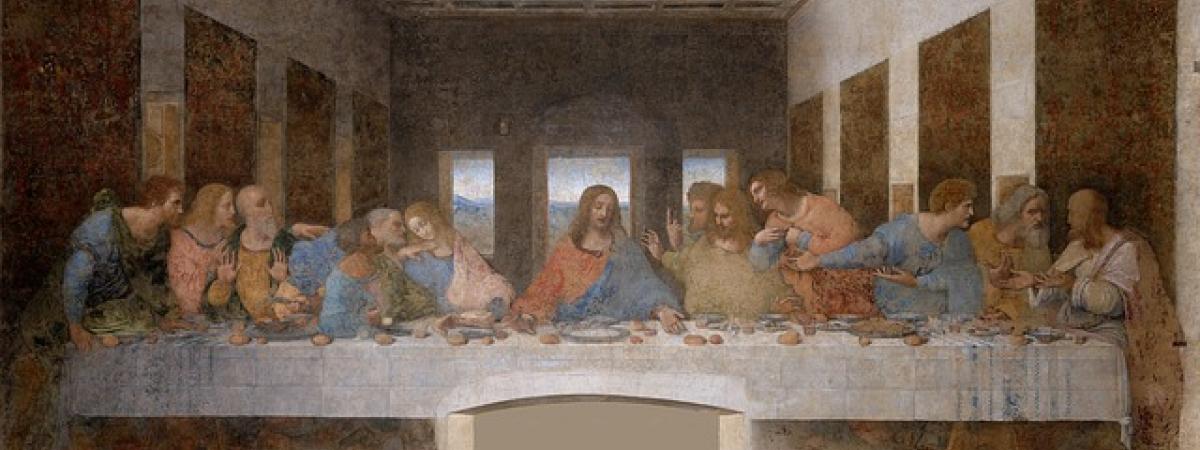What da Vinci taught us about the human body
published in Reader's Digest,
21 November 2016

Da Vinci’s Mona Lisa is the most celebrated painting of all time, but does it hold a secret code? Was da Vinci teaching us about disease in this painting? Few people know that almost 200 of his drawings reveal secrets about the human body.
Mona Lisa’s secret smile has captivated audiences for 500 years. But next time you visit the Louvre, take a closer look. First study the left upper eyelid, and then glance down at the back of her right hand. You will see strange yellowish swellings. Professor Leiv Ose, a lipid expert from the University of Oslo, suggests that these are cholesterol deposits, and that the subject of the painting was suffering from a genetic disorder characterised by high cholesterol levels.
By virtue of his insatiable curiosity and a mind that was capable of thinking as an artist, an architect, an engineer and an anatomist, he was able to uncover the following secrets about the body:
A mind that was capable of thinking as an artist, an architect, an engineer and an anatomist.
The heart has four chambers, or ‘rooms’
The upper rooms are called the atria (atrium means room in Latin); the lower rooms are called ventricles (meaning ‘little belly’ in Latin). Before da Vinci, only two chambers were thought to exist.
The ‘doors’ between the chambers are tiny valves, and da Vinci made exquisite glass models of the valves, watching water containing tiny grass seeds swirl through them, in order to better understand their action.
Your blood vessels form a ‘vascular tree’ inside you
Inspired by botany (another of his interests), da Vinci drew some detailed drawings of human blood vessels: the heart is portrayed as a ‘seed’, with vessels coming out of it as if they were roots and branches of a magnificent vascular tree. He saw that the further the vessels are from the heart, the finer they become. This was pioneering work: it was almost 200 years later when the tiniest blood vessels (capillaries) were first discovered, in the lung of a frog.
Old people and oranges share similar features
Da Vinci was talking about blood vessels when he made this comparison. Upon performing the autopsy of a centenarian, he likened the man’s blood vessels to an old orange: both showing ‘thickened coats and diminished pulp’. Again, he was a man before his time, suggesting that ‘excessive nourishment’ (which we now know to be cholesterol) could be the cause of the furring of the arteries.
The body has a beautiful symmetry
In his famous drawing of the ‘Vitruvian man’, da Vinci portrays a naked man in two positions: one fitting exactly inside a circle, one perfectly contained within a square. His drawing aims to display the ‘mathematical beauty’ of the human body, also pointing to the symmetry and design that he saw in the Universe.
His legacy
Da Vinci is so esteemed as an artist and a medical teacher that even today, nearly 500 years after his death, the Royal Collection holds a number of his drawings and surgeons have designed and named a robot capable of surgery after him.
He annotated his work in a mysterious ‘mirror-writing’ that is hard to decipher. This ‘da Vinci code’ has indeed concealed mysterious secrets – about the human body.
